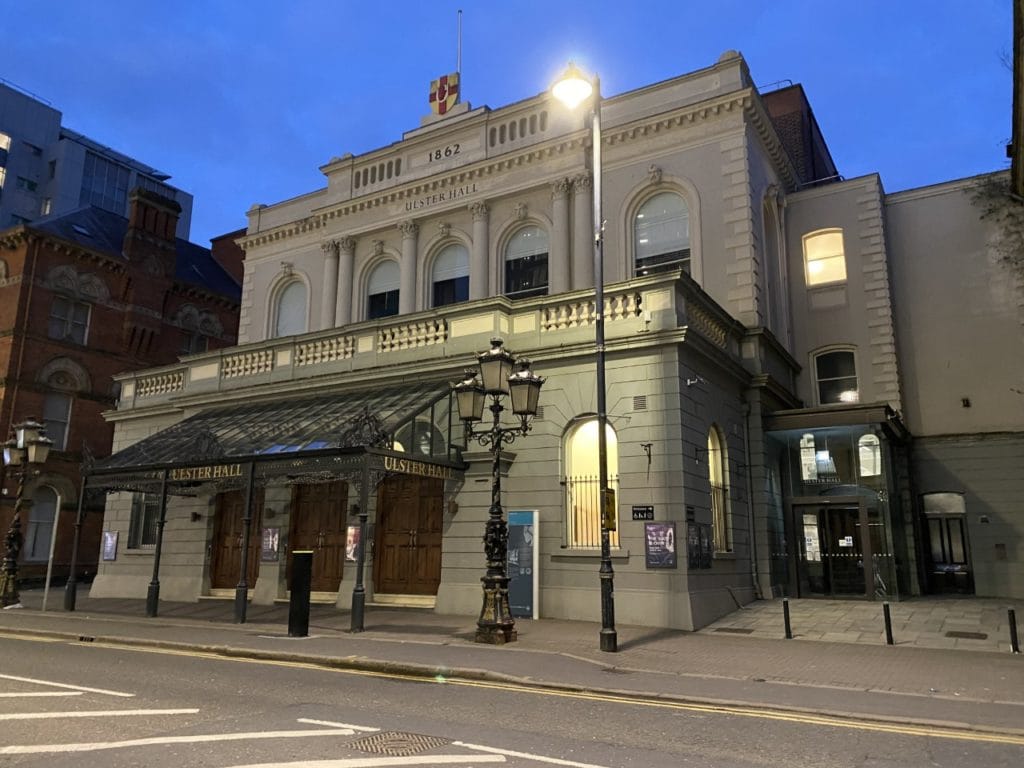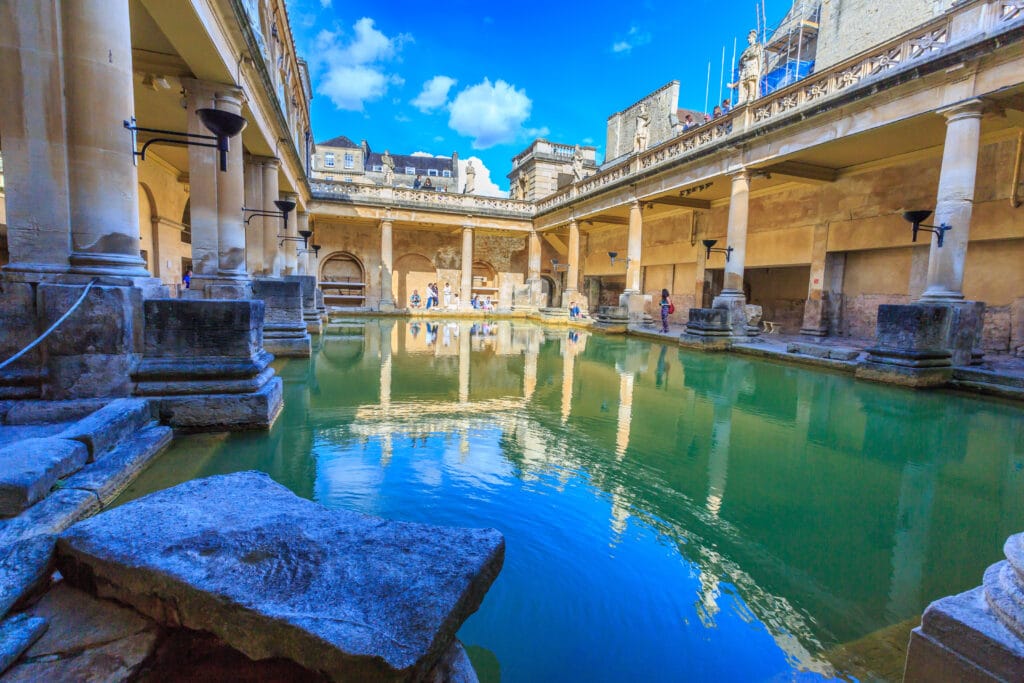
Reserving our heritage and learning from the successes and mistakes of old are crucial in the development of a positive and better tomorrow. And nowhere is this truer than in the world of man-made structures.
As society, in service of creating a better world for everyone, works to become more inclusive of human beings of different social backgrounds, races, and genders, so is this true for people with disabilities. Disabled people are not only reaching record numbers of employment thanks in part to the otherwise destructive impact of the Covid-19 pandemic in the form of home-based (as opposed to office-based) work, but technology and architectural developments – a true signifier of progress in every era of human history, is also becoming more accessible for disabled people.
However, unlike technology, buildings cannot as easily be replaced and rebuilt anew, for although they are often products of their respective era, there are equally important factors that prevent buildings like Ulster Hall in Belfast (pictured) from being massively redesigned.
Financial implications of that task aside, as a Grade-listed building, Ulster Hall (pictured above) is a beacon of the past, and represents an importance to the City within which it stands in the form of cultural significance, identity, and history, hosting several iconic concert events and historically significant political rallies.
Direct Access’ understanding of historical importance and significance are, without fail, factored within each accessibility audit we deliver of historic venues like this one.
In addition to auditing the physical structure of historic sites, like the City of Bath’s Roman Baths (pictured right), Direct Access undertakes reviews of the pre-arrival information offered to visitors. Whether that is a digital document on the host’s website, or physical wayfinders on site such as maps and signage.
We also strongly recommend that accessibility training is undertaken among site staff. Inclusive accessibility training allows staff not only politically correct terminology but also the opportunity to learn a basic foundational understanding of BSL, as well as how to correctly communicate with different creeds of disabled people.
Suitably placed and coordinated wayfinding is key to ensuring that disabled people of all backgrounds can independently navigate through museums, though it is rarely as simple as just installing signs. Considerations must be made to ensure that signs are tactile so that people with visual impairments can understand them. In addition, they must be placed at suitable heights for wheelchair users as well as people of short stature.
Colour coordination can also be utilised, so that neurodiverse and cognitively disabled people can easily digest the information. Similarly, we would recommend signage that includes pictorial information, which we provided at the City of Bath (pictured). In addition, text in suitable sans serif font (which is essential for visually impaired people).
Our auditors review elements such as entryways and doorways, considering their measurements in relation to everything from recommended widths for wheelchair users, to how much force is required to move them. This is done to benefit people who have weaker physical strength with and without disabilities, such as elderly people, children, and people with dexterity impairments.

Our audits also analyse whether your site offers appropriate seating. We check seats for armrests, colour contrast with their immediate surrounding environments, and how supportive they are of good posture. Sufficient seating arrangements should be included where possible, for those who may require a short rest on site, particularly at the reception area and before lifts.
As employment of disabled people has been encouraged by the British Government, with more disabled people being employed year-on-year, we often recommend that management offers orientation videos and staff training videos in BSL (or your local equivalent), which was officially recognised as a language by Parliament. This is an effective step in increasing inclusivity within the staff recruitment process as well as being a massive benefit to disabled visitors.
Offering training would also allow the management of heritage to identify an “accessibility champion”; a member of staff who would continuously review the efforts of the site to remain inclusive and accessible, taking note of visitor comments for future improvement long after Direct Access has done our thing.